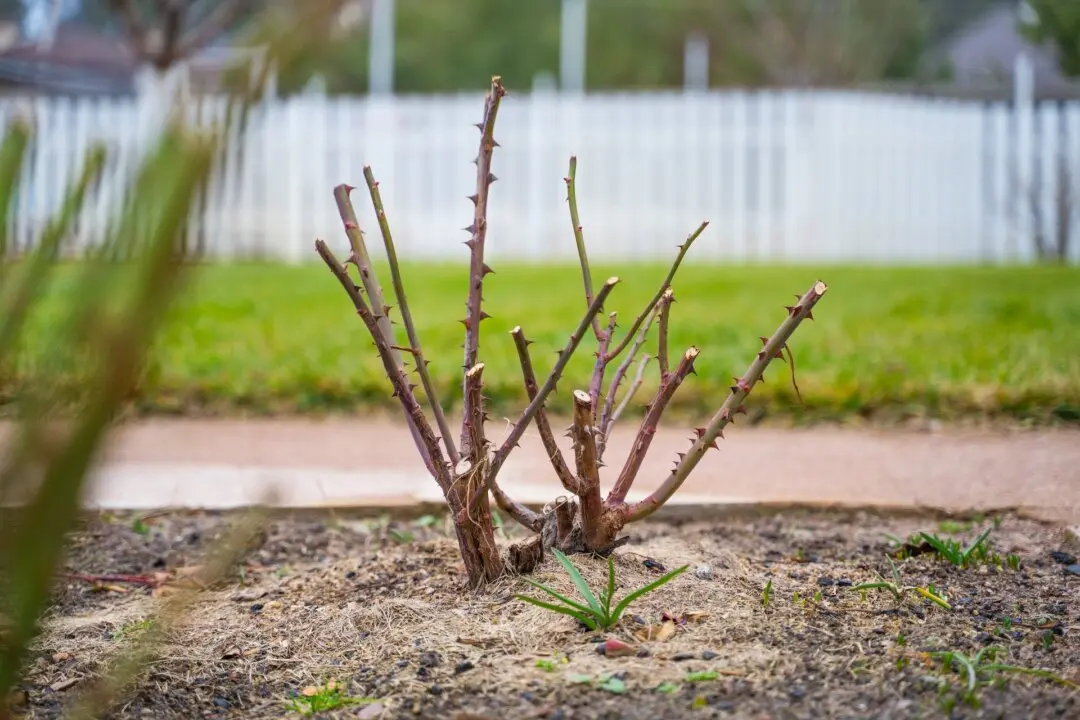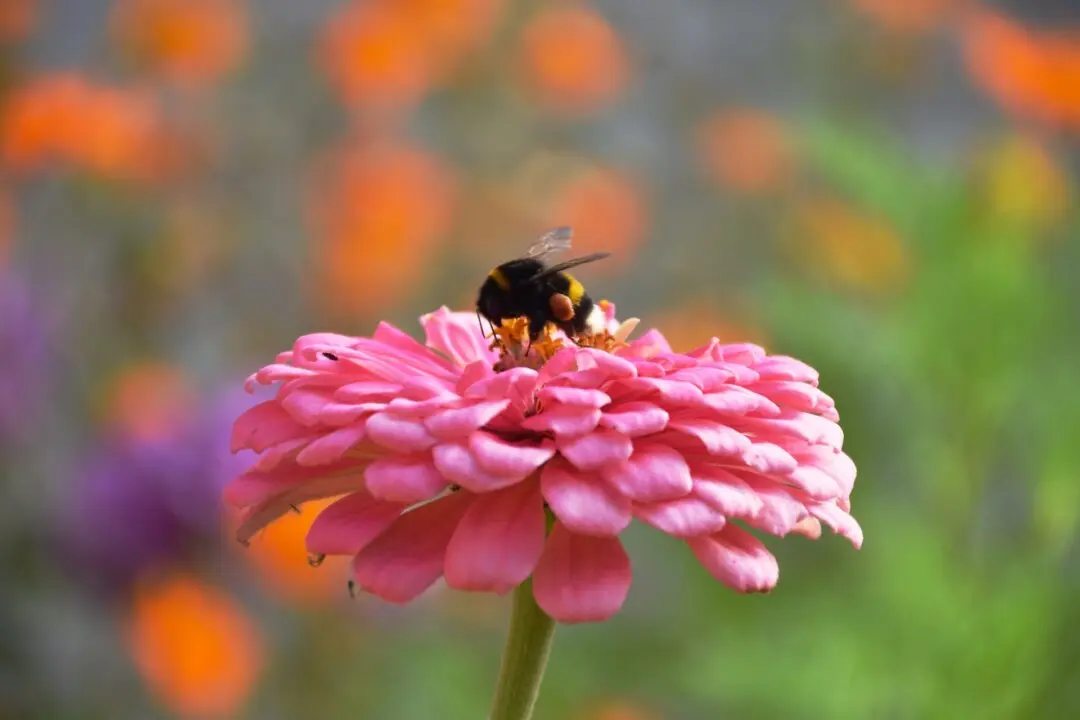Q: I was told you shouldn’t grow ginger root from the grocery store because it might have a disease. I bought a flowering ginger plant from a local nursery, but it is early in the spring, and it doesn’t have flowers, so I don’t know what kind it is. Can I eat any of the root of this plant? I have a friend who loves Thai food, and he thinks my ginger plant looks like a plant he thinks is used to make Thai food and he wants to try some too.
A: There are so many things to talk about in your question. First, don’t eat anything from your nursery plant until it blooms and you can properly identify it. The part of the plant we are talking about is a horizontally growing stem called a rhizome. It is not a root. Stems have buds for roots, leaves, and more stems, but roots do not. This rhizome is also called a “ginger hand.”





